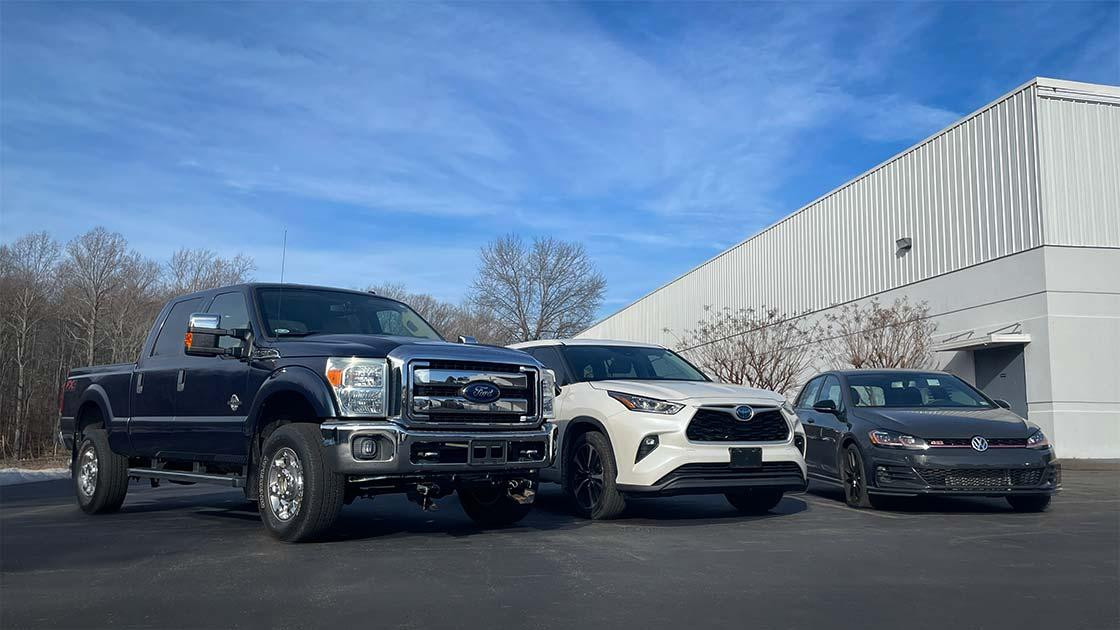For decades, conventional wisdom has suggested that larger vehicles provide better crash protection. However, a new study from the Insurance Institute for Highway Safety (IIHS) revealed that this belief has its limits. While weight plays a crucial role in occupant safety for smaller vehicles, the benefits diminish for heavier models -- while increasing the risk for others on the road.
IIHS researchers examined two-vehicle crash data from 2011-16 and 2017-22, focusing on driver death rates across different vehicle categories. The findings indicate that for vehicles weighing less than the fleet average (4,000 pounds), every additional 500 pounds significantly reduces driver fatality rates. However, for vehicles exceeding that weight, added mass provides little additional protection and instead increases the danger for occupants of smaller vehicles.
“For American drivers, the conventional wisdom is that if bigger is safer, even bigger must be safer still,” said IIHS President David Harkey. “These results show that isn’t true today. Not for people in other cars. And -- this is important -- not for the occupants of the large vehicles themselves.”
Crash Compatibility and Structural Changes
The study builds on IIHS’s ongoing research into vehicle crash compatibility -- the interaction between different vehicle sizes in collisions. Historically, larger SUVs and pickups posed a greater threat to smaller vehicles due to misaligned crumple zones. However, structural design improvements made by automakers since 2009, including aligned energy-absorbing structures and added side airbags, have improved crash outcomes.
As a result, the risk disparity between SUVs and cars has narrowed significantly. In crashes between cars and SUVs weighing more than 5,000 pounds, the likelihood of the car occupant dying was 90% higher in 2011-16. That figure dropped to 20% in 2017-22, reflecting major improvements in vehicle compatibility.
Pickups, while also improving, still pose a higher risk. Between 2011-16, pickups were 2.5 times more likely than cars to result in fatalities for crash partners. By 2017-22, this dropped to just under twice as likely.
Weight and Safety: A Double-Edged Sword
Despite improved structural safety, the study highlights that heavier vehicles continue to pose risks to others on the road. Vehicles under the 4,000-pound average benefit substantially from additional weight, with each extra 500 pounds reducing driver fatality rates by 17 deaths per million registered vehicle years. Meanwhile, for heavier pickups, an additional 500 pounds reduces driver fatalities by just one but increases fatalities for crash partners by seven.
“Vehicles that are heavier than average are more likely to crash into vehicles lighter than themselves, while the reverse is true for lighter vehicles,” said Sam Monfort, lead author of the study. “What this analysis shows is that choosing an extra-heavy vehicle doesn’t make you any safer, but it makes you a bigger danger to other people.”
Shifting Weight Trends in Cars, SUVs, Pickups
Changes in vehicle weight distribution have contributed to improved safety. Between 2011-16 and 2017-22, the average U.S. car weight increased from 3,277 to 3,308 pounds, moving closer to the 4,000-pound average, while the proportion of SUVs exceeding 5,000 pounds dropped from nearly 11% to 7.4%.
However, pickups have continued to grow. In the latest study period, 97% of late-model pickups weighed over 4,000 pounds, up from 91% in the earlier period. This trend raises concerns about the impact of heavier trucks on road safety.
“It’s a positive development that cars and SUVs are now closer in weight,” Harkey noted. “These numbers show that transitioning to lighter pickups could have big benefits too, especially since many drivers don’t use their trucks for carrying heavy payloads.”














